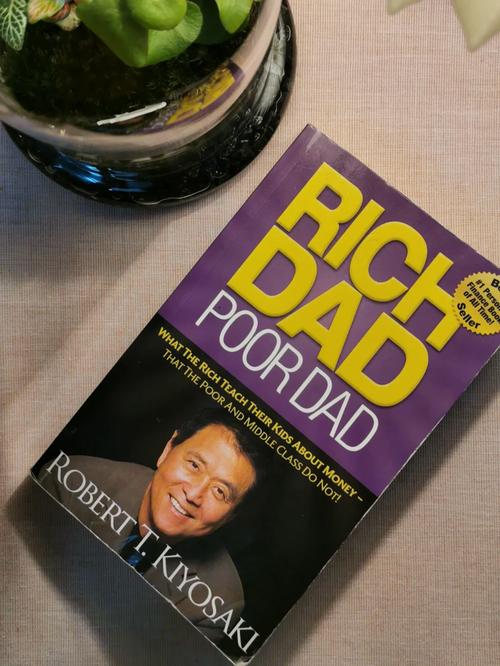
Robert Kiyosaki Cashflow: A Comprehensive Guide
Robert Kiyosaki, a renowned entrepreneur, investor, and author, has made a significant impact in the world of personal finance through his book “Rich Dad Poor Dad.” One of the key concepts he introduces is the importance of cash flow. In this article, we will delve into the details of Robert Kiyosaki’s cashflow philosophy, exploring its various dimensions and providing you with a comprehensive understanding of its principles.
Understanding Cash Flow
Cash flow refers to the movement of money into and out of your business or personal finances. It is a critical indicator of financial health and can help you make informed decisions about your investments and expenses. Robert Kiyosaki emphasizes the importance of positive cash flow, which means that you are earning more money than you are spending.
Here’s a simple table to help you understand the difference between cash flow and profit:
| Term | Description |
|---|---|
| Cash Flow | The actual movement of money in and out of your business or personal finances. |
| Profit | The difference between your income and expenses, calculated on an accounting basis. |
While profit is important, it doesn’t necessarily reflect the financial health of your business or personal finances. Positive cash flow, on the other hand, ensures that you have enough money to cover your expenses and invest in growth opportunities.
The Cashflow Quadrant
In his book “Rich Dad Poor Dad,” Robert Kiyosaki introduces the concept of the Cashflow Quadrant, which categorizes individuals based on their primary source of income. The quadrant consists of four quadrants: Employee, Self-Employed, Business Owner, and Investor.
Employee: Individuals who work for someone else and receive a salary. They have limited control over their income and are dependent on their employer for job security.

Self-Employed: Individuals who work for themselves, such as freelancers or small business owners. While they have more control over their income, they also bear more risk and responsibility.
Business Owner: Individuals who own a business and have employees working for them. They have a significant amount of control over their income but also face higher risks and responsibilities.
Investor: Individuals who earn money through investments, such as stocks, real estate, or businesses. They have the potential to generate substantial income with lower risk compared to owning a business.
Robert Kiyosaki encourages individuals to move from the Employee and Self-Employed quadrants to the Business Owner and Investor quadrants, where they can achieve financial independence and create long-term wealth.
Creating Positive Cash Flow
Creating positive cash flow is essential for achieving financial success. Here are some strategies to help you improve your cash flow:
- Increase Your Income: Look for ways to increase your income, such as taking on additional work, starting a side business, or investing in income-generating assets.
- Reduce Your Expenses: Analyze your expenses and identify areas where you can cut back, such as dining out less frequently or canceling unused subscriptions.
- Invest in High-Return Assets: Invest in assets that generate income, such as rental properties, dividend-paying stocks, or a business that can scale.
- Manage Debt Wisely: Avoid high-interest debt and pay off existing debt as quickly as possible to reduce your financial burden.
By implementing these strategies, you can create a sustainable positive cash flow that will help you achieve your financial goals.
The Power of Compound Interest
Robert Kiyosaki often emphasizes the power of compound interest in building wealth. Compound interest is the interest earned on your initial investment, as well as on the interest that accumulates over time. The longer you leave your money invested, the more it will grow.
Here’s an example to illustrate the power of compound interest:
Let’s say you invest $10,000 at an annual interest rate of 10%. After 10 years, your investment would grow to $25,937, assuming you reinvest the interest earned each year.
By understanding and leveraging the power of compound



